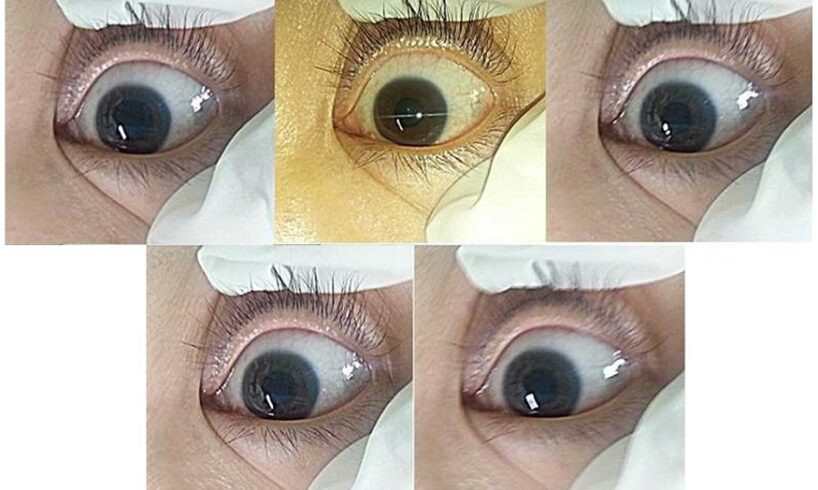
The eyes allow visualization of the world, and that is possible by pupillary light reflexes. Light interacts with the nerves of the eyes to create an image which results in vision. Adjustment of the eyes via constriction and dilation of pupils helps to see. This adjustment may happen naturally, or with lens and other supports that help the right amount of light to get into the eyes to help get a clear vision. This is a normal case for every human. However, pupillary light reflex may be affected by any internal problem, which may be an ocular issue or other sorts of neurological issues.
Pupillary Light Reflex
The ability to be sensitive to light is a common pupillary attribute. This may be affected due to neurological issues. Cranial nerves of the eyes may get stressed at times resulting in erratic pulillary behavior. Also, other clinical issues like stroke, internal hemorrhage, and cerebral trauma may affect genuine pupillary reflex and sensitivity to light.
The pupillary reflex is used to assess brain stem function. With the help of a modern pupillometer, pupillary reflexes can be checked to find out whether pupil contraction and dilation in both eyes are normal. Any abnormality, or slow response can be concerning regarding neurological health.
Brain Damage
Being connected to the neurons of the brain stem, pupillary reactivity is mostly dependent on the status of brain functions. Any trauma, internal or external, tends to affect the brain, and pupillary reflexes may slow down. This is what appears to be a common factor for patients with cerebral trauma.
The reasons for cerebral trauma are many. It may be a cause for seizure and may be a result of being hit at any side of the head. Strong jerking is also associated with such a trauma that may create initial confusion and affect genuine pupillary reactivity for the time being.
Measuring tool
NPi-200 Pupillometer is one of the recent pupillary action measuring devices that can perfectly figure out detailed metrics after pupillary measurements. It is now considered one of the crucial neurological tools that provide a primary idea regarding internal neurological issues. The device measures the diameter of pupils and produces 168 pairs of snapshots, which can provide significant support for the optometric report. Based on the metrics, doctors can decide on the application of required medical treatments.
Clinical Support
The pupillary measurement program is easy with a portable pupillometer and any trained healthcare support provider and nurse can take out instant, detailed reports for the experts.
Pupillary light reflex is measured on a grade of 0 to 4+ gradient based on the speed of light response. The three seconds of light into the eye can provide an accurate pupillary response rather than manual pupil examination. A 3+ grade shows a moderate response while a 2+ response is small. 1+ to 0 indicates just visible and no response respectively. However, the diameter of the pupil also plays a role in this measurement. When the standard pupil diameter is <3.0, it indicates an internal injury related to the brain.
Significance
The pupillary light reflex goes on to the path of neurological connections and functions. Deviations in pupil reactivity may indicate stresses in cranial nerves. Other than trauma, pupils may also dilate due to the responsiveness towards drug toxicity, potential diseases, and damage to both or any of the II and III cranial nerves.
Abnormalities of pupils can be decided through an advanced neuro exam, which includes taking the measure of pupils via a modern pupillometer. At times, damage to the nerves may lead to severe issues that tend to affect visual capacities. That is why a detailed neurological examination is required while taking proper measurements of pupils.
In many cases, as such in comatose patients, pupils tend to stay dilated. In severe trauma as well, dilated pupils are similar to non-responsive eyes. Neuro exam on time may help understand the details of the issues, which may save lives and visions for people. Pupillary abnormality or dilation by the drug can be altered if no other health issue appears to affect the individual.
In conclusion, it can be mentioned that the invention of the pupillometer can help find out the right measurement of the pupils and detect neurological issues. Any physical issues and brain trauma may individually affect cranial nerves and thereby dilate the pupil and affect vision. Understanding pupillometry is a key to opening the gate for treating people and helping to recuperate from neurological issues.
